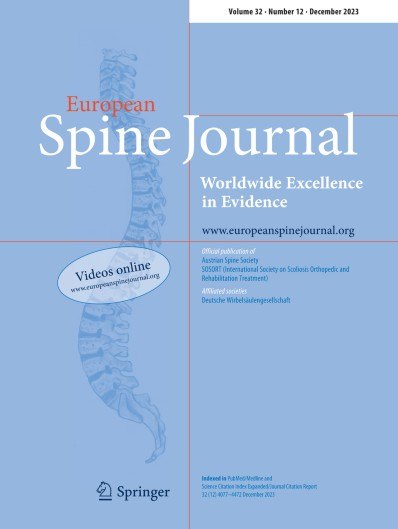
Three Different Minimally Invasive Decompression Techniques For Lumbar Spinal Stenosis

Three Different Minimally Invasive Decompression Techniques For Lumbar Spinal Stenosis
ISSLS Prize in Clinical Science 2025: A randomized trial on three different minimally invasive decompression techniques for lumbar spinal stenosis. Five years follow-up from the NORDSTEN-SST.
Eur Spine J . 2025 May;34(5):1590-1599.Did you know you're eligible to earn 0.5 CME credits for reading this report? Click Here
Synopsis
Four hundred thirty-seven patients with lumbar spinal stenosis were randomized to receive either unilateral laminotomy with crossover (UL, n=122), bilateral laminotomy (BL, n=119), or spinous process osteotomy (SPO, n=117). The primary outcome of interest was the mean change in Oswestry Disability Index (ODI) score at five years. Secondary outcomes included the proportion of patients classified as...
To view the full content, login to your account,
or start your 30-day FREE Trial today.
FREE TRIAL
LOGIN
Forgot Password?
Explore some of our unlocked ACE Reports below!

Learn about our AI Driven
High Impact Search Feature
Our AI driven High Impact metric calculates the impact an article will have by considering both the publishing journal and the content of the article itself. Built using the latest advances in natural language processing, OE High Impact predicts an article’s future number of citations better than impact factor alone.
Continue



 LOGIN
LOGIN

Join the Conversation
Please Login or Join to leave comments.